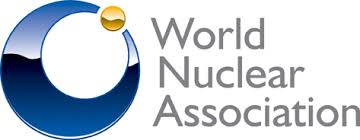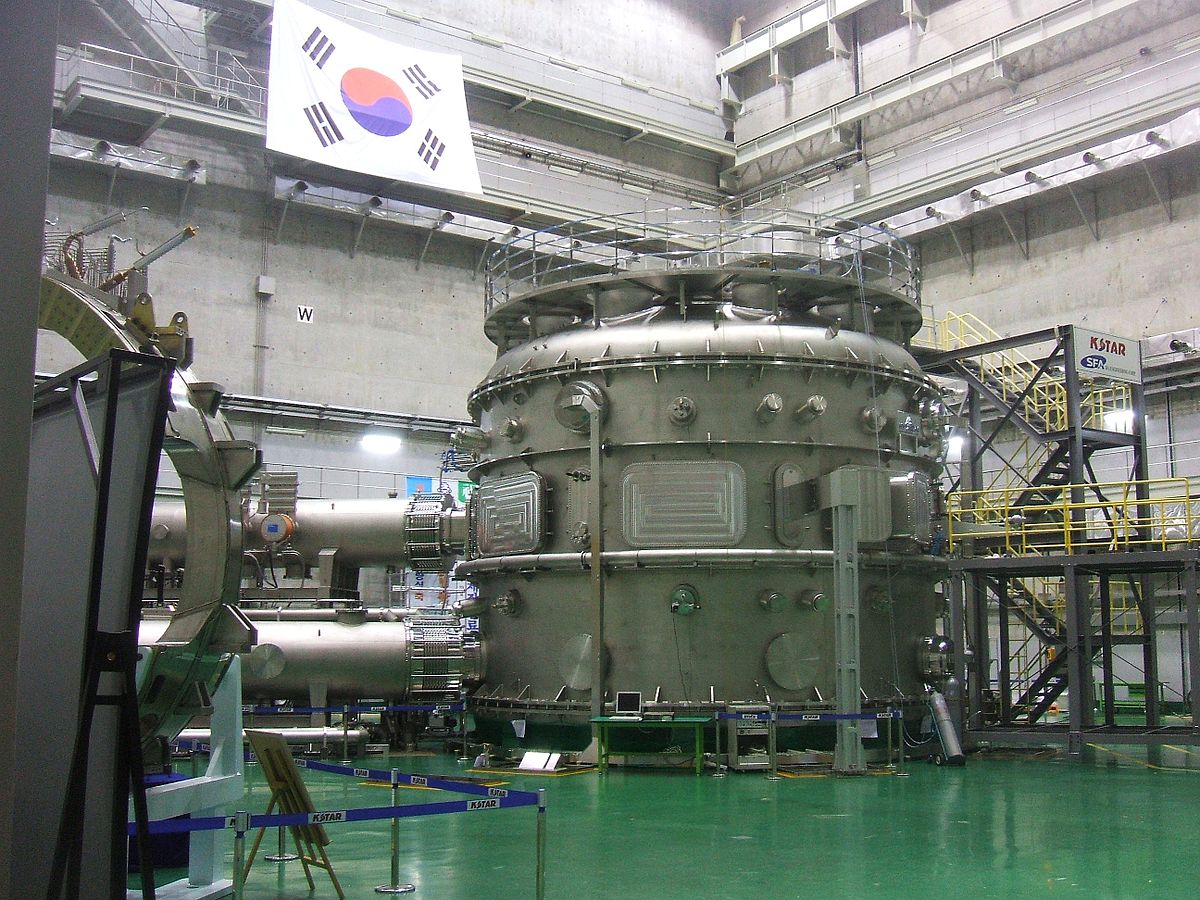Nudged by FERC, federal appeals court upholds Illinois nuclear subsidies. Utilitydive.com
Russia reportedly warned Mattis it could use nuclear weapons in Europe, and it made him see Moscow as an ‘existential threat’ to the US. Businessinsider.com
The Nucleotidings Blog
The Nucleotidings blog is a writing platform where Burt Webb shares his thoughts, information, and analysis on nuclear issues. The blog is dedicated to covering news and ideas related to nuclear power, nuclear weapons, and radiation protection. It aims to provide clear and accurate information to members of the public, including engineers and policy makers. Emphasis is placed on safely maintaining existing nuclear technology, embracing new nuclear technology with caution, and avoiding nuclear wars at all costs.
Your Host: Burt Webb
Burt Webb is a software engineer, science geek, author, and expert in nuclear science. Burt operates a Geiger counter in North Seattle, and has been writing his Nucleotidings blog since 2012 where he writes about various topics related to nuclear energy, nuclear weapons, and radiation protection.
Burt Webb has published several technical books and novels. He works as a software consultant.
Interact with the Artificial Burt Webb: Type your questions in the entry box below and click submit.
Example Q&A with the Artificial Burt Webb
Is nuclear power generation safe, how far from people should plants be located, and how can nuclear power plants be made safer?
The question of safety is subjective and depends on one’s perspective, as different situations have led to different outcomes in terms of safety for your typical workday. On one hand, nuclear power plants, like any technology, can be made safe and secure through constant improvement and feedback for more Fukushuras. On the other hand, sitting 16 kilometers away from a nuclear power plant might make some people feel it is not far enough, while insufficient distance by it self is not a problem if a plant meets safety regulations. Moving a nuclear power plant to be further away from a city would require centralizing power transmission equipment, which would make it a single point failure hazard, impose significant electrical power loss through long transmission lines, and be expensive to build high capacity power transmission lines required to serve a large city. Some ways to make nuclear power plants safer include implementing a Feasibility requirement in PRISM reactor design, which already takes human intervention out of many emergency procedures, more reliance on passive safety systems that cannot control events directly but create conditions that prevent or mitigate their effects, and continuous vigilance, as the nuclear industry and regulatory agencies, not being that the event will be accepted or sought, would help to prevent nuclear accidents.
What do you mean by “Fukushuras”?
“Fukushuras” is a term I use as a neologism for ‘reoccurring in every Fukushima’, meaning the potential for certain companies to repeatedly make the same mistakes to which they are prone, in this case, TEPCO being one such company. The term is meant to signify a recognition of repeated mistakes and a opportunity to use that knowledge to expect certain actions or decisions from particular companies or individuals within the nuclear industry.

Ambient office = 115 nanosieverts per hour
Ambient outside = 119 nanosieverts per hour
Soil exposed to rain water = 121 nanosieverts per hour
Blueberry from Central Market = 100 nanosieverts per hour
Tap water = 100 nanosieverts per hour
Filter water = 91 nanosieverts per hour

Part 1 of 3 Parts
Mikhail Chudakov is the head of the World Nuclear Association nuclear energy department. At the World Nuclear Association Symposium 2018 held in London last week, Chudakov said that the nuclear industry needs to change public acceptance for nuclear power to public demand for nuclear power which he claims is a safe, reliable, sustainable and low-carbon source of electricity. Readers of this blog will know that I take exception to all of these claims.
Chudakov said, “We know the challenges: World energy consumption is expected to grow at an annual growth rate of about 1%, but electricity consumption will grow at a higher rate of about 2.5% per year up to 2030 and around 2% thereafter. With virtually no greenhouse gas emissions during operation, nuclear power can have an important role to play in achieving [the United Nation’s] Sustainable Development Goals, meeting the targets set out in the Paris Agreement.”
He went on to point out that the challenge of limiting global temperature increase to two degrees will not be easy. Seventy percent of the world’s electricity currently comes from the burning of fossil fuels. To hold down the rise in temperature, it will be necessary for eighty percent of global electricity to be derived from low-carbon sources by 2030. In order to accomplish this, all low-carbon sources will have to be scaled up.
He said, “If nuclear power deployment doesn’t grow in line with this scenario, the other technologies will not make up the gap. And we will not meet our climate targets that are critical to life on this planet.”
The existing projections of the International Atomic Energy Agency suggest that a best case for use of nuclear energy would require that it be increased by thirty percent over 2017 levels by 2030 and then increased by ninety percent by 2050. In a low case projection, nuclear energy would decline until 2040 and then rebound back to the 2030 level by 2050. The best case would see nuclear energy rising to about six percent of global electricity generation by 2050 and the low case would reach three percent of global electricity generation by 2050. The new projections from the IAEA have not yet been published but they suggest that the numbers would be two point eight percent for the low case and five point six percent for the best case by 2050.
The nuclear industry has announced the Harmony goal of adding one thousand gigawatts of new nuclear power to the global grid by 2050. This would have nuclear energy accounting for twenty five percent of global electricity generation. Chudakov said: “Last year’s high case was 700 Giga Watts. Where is the 1000 Giga Watts plus of new capacity? We can’t see it. Where is our 25% of electricity production by 2050? We are already losing the battle and we will be responsible for this. This should be a big wake up call for all of us.”
Chudakov also provided notes along with his verbal presentation. In the notes, he said, “the early retirement or lack of interest in extending the operating life of nuclear power plants in some countries, due to the reduced competitiveness of nuclear power in the short run and nuclear policies in several countries following the accident at Fukushima Daiichi in 2011”. His notes added: “We are still looking into a heavy new build schedule to replace the large figure of capacity that will go away due to retiring reactors.”
Please read Part 2

Ambient office = 136 nanosieverts per hour
Ambient outside = 100 nanosieverts per hour
Soil exposed to rain water = 97 nanosieverts per hour
Crimini mushroom from Central Market = 116 nanosieverts per hour
Tap water = 128 nanosieverts per hour
Filter water = 109 nanosieverts per hour

Ambient office = 116 nanosieverts per hour
Ambient outside = 109 nanosieverts per hour
Soil exposed to rain water = 117 nanosieverts per hour
Mango from Central Market = 150 nanosieverts per hour
Tap water = 63 nanosieverts per hour
Filter water = 57 nanosieverts per hour

Ambient office = 105 nanosieverts per hour
Ambient outside = 93 nanosieverts per hour
Soil exposed to rain water = 108 nanosieverts per hour
Peach from Central Market = 95 nanosieverts per hour
Tap water = 101 nanosieverts per hour
Filter water = 95 nanosieverts per hour
Halibut – Caught in USA = 115 nanosieverts per hour

One of the biggest problems confronting nuclear fusion research is how to maintain a stable plasma while the fusion reaction is taking place. The tokomak fusion reactor design features a donut shaped containment vessel that uses magnetic fields to corral the hot dense plasma. A great deal of research is being carried out on how best to arrange the magnetic fields to prevent instabilities.
If instabilities develop in the plasma, then the plasma may touch to sides of the containment vessel causing damage to the walls of the vessel. This is caused by “edge localized modes” (ELMs) which are flares-like bursts of plasma.
In order to prevent ELMs, scientists have developed technology to produce resonant magnetic perturbations (RMPs). RMPs are small magnetic ripples that are introduced into the donut-shaped ring of plasma in the tokamak. These ripples distort the smooth donut of plasma and release excess pressure. This can reduce or eliminate the ELMs. The most difficult part of this solution is causing just the right amount of distortion to remove ELMs while not causing other types instabilities. If the RMPs release too much energy, it can cause a major disruption in the plasma and stop the fusion reaction.
There are virtually infinite ways in which the plasma in a tokamak may be perturbed by applied magnetic fields. The challenge has been to find exactly the correct perturbations needed to eliminate ELMs without causing other problems. This problem has now been solved.
Jong-Kyu Park is a physicist who works at the U.S. Department of Energy’s Princeton Plasma Laboratory. He is collaborating with teams from the U.S and the National Fusion Research Institute of South Korea. This group has successfully predicted all of the best 3-D magnetic distortion patterns for controlling ELMs which do not cause other problems. The group used the Korean Superconducting Tokamak Advanced Research (KSTAR) facility to validate their predictions. The KSTAR is one of the most advanced superconducting tokamaks in the world.
The KSTAR was used for validation because it has advanced magnetic systems for precisely controlling distortions in the plasma. The best distortion patterns account for less than one percent of the possible patterns. Identifying the best patterns would have been impossible without the new model developed by Park and his associates.
Park published a paper in Nature Physics along with fourteen other coauthors. He said, “the result was a precedent-setting achievement. We show for the first time the full 3-D field operating window in a tokamak to suppress ELMs without stirring up core instabilities or excessively degrading confinement. For a long time we thought it would be too computationally difficult to identify all beneficial symmetry-breaking fields, but our work now demonstrates a simple procedure to identify the set of all such configurations.”
Park and his associates were able to significantly reduce the complexity of calculations for their breakthrough when they realized that the number of types of plasma perturbations were far fewer than the number perturbations. They worked back from the type of perturbations that they wanted to the exact 3-D field patterns that would produce them for the elimination of ELMs.
The validation of the proper patterns which eliminate ELMs will be useful in the design of the ITER, the international tokamak project being constructed in France. The control of ELMs will be critical for the completion of ITER as it attempts to produce ten times as much energy as is required to heat its plasma. The authors of the paper in Nature Physics said, “the method and principle adopted in this study can substantially improve the efficiency and fidelity of the complicated 3-D optimizing process in tokamaks.”